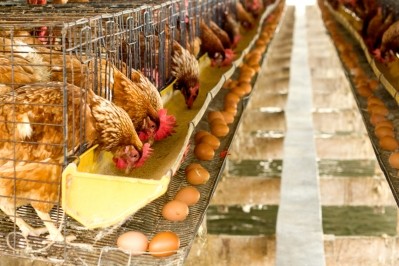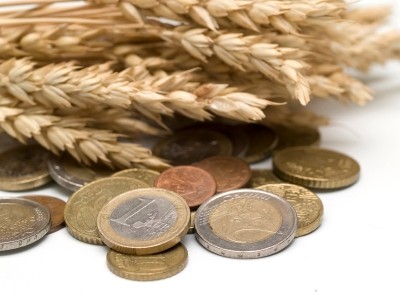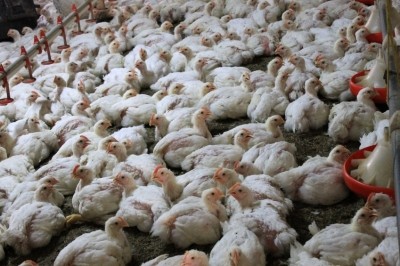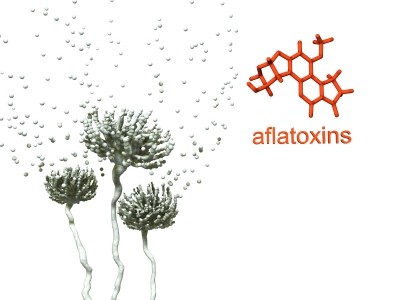Producers told to stay on high alert to deal with mycotoxin challenge
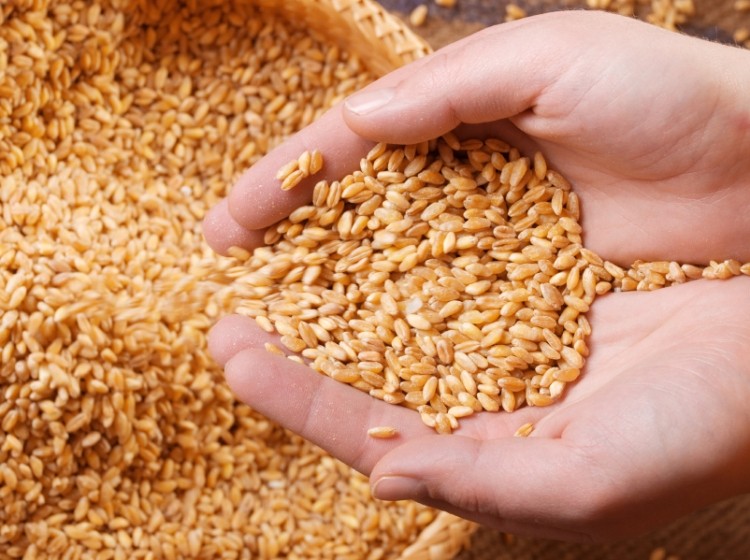
Lauren Dimmack, from the technical support team at the UK division of the global animal health and nutrition company, cautions that a more holistic and risk assessment based approach to toxin management is still needed at crop and farm level.
However, she stressed that there is greater awareness in the UK of how mycotoxins can taint feed and impact the health and productivity of livestock, a factor which bodes well for the future in terms of achieving lower contamination levels.
She said 48% of forages, grains, complete feeds and TMR from the UK's 2014 harvest were tested for mycotoxins using Alltech 37+. The analysis found 94% of samples were contaminated and 77% of those contained multiple mycotoxins. Type B Trichothecenes, fumonisins, ochratoxins and Penicillium toxins were the most prevalent toxins, she said.
“UK livestock producers came to us last summer looking for a tool to identify potential causes of reduced productivity and fertility problems in their pigs and cattle herds after several changes to their management programs to try and address those challenges proved redundant.
Eventually, by tying all the symptoms together, and by analyzing both their feed storage practices and their feedstuffs, we determined it was a high mycotoxin load causing the glut of performance issues,” Dimmack told us.
Global warming impact
Climate change and feed storage practices in the UK are starting to influence the range of molds occurring in farm feed stocks, said Dimmack.
“The most recent UK summer was marked by warm and humid feed storage conditions, perfect for the proliferation of molds in stored feeds. Mycotoxins are products of mold metabolism, so anywhere molds can grow is a potential source of a problem,” she said.
And Dimmack said it is a mistake to assume an absence of visible molds means no mycotoxins, as the toxins are resilient and can remain a threat long after the mold has gone.
Molds responsible for mycotoxins can originate on feedstuffs pre or post-harvest. A decline in traditional tilling and crop rotation practices is also helping mold contamination to persist, she added.
“At the cultivation point, complete burial of debris by ploughing is most effective at reducing the risk. Intensive non-inversion tillage, involving three or more passes with discs or tines, is more effective at reducing risk than reduced non-inversion tillage.
And to avoid mold contamination and penetration of bales by spores, it is critical to get silage into clamps quickly,” said the Alltech representative.
When it comes to managing the mycotoxin challenge, she said appropriate risk assessment is the best way forward, along with awareness that factors such as reduced animal feed intake, a drop in milk yield or fertility problems may be related to feed contaminated by these toxins. “Extra vigilance at all times is called for,” said Dimmack.
Impact on animal health
Mycotoxins have a direct impact on animal health, particularly the gastrointestinal health of the animal by ‘chopping down’ the villi in the intestine leading to lower nutrient absorption and less efficiency.
Indeed, a paper published in Poultry Science (2011, Vol. 90, pp.1934-40) indicated that mycotoxins reduced animal performance. Feed intake was 12% less, said the paper, while weight gain was reduced by 14%, and the final body weight was reduced by 14% in broilers.
Additional data from a trial with nursery pigs found that mycotoxins were associated with animals that weighed 100 grams less, and the net return per pig was $11.50 less.
